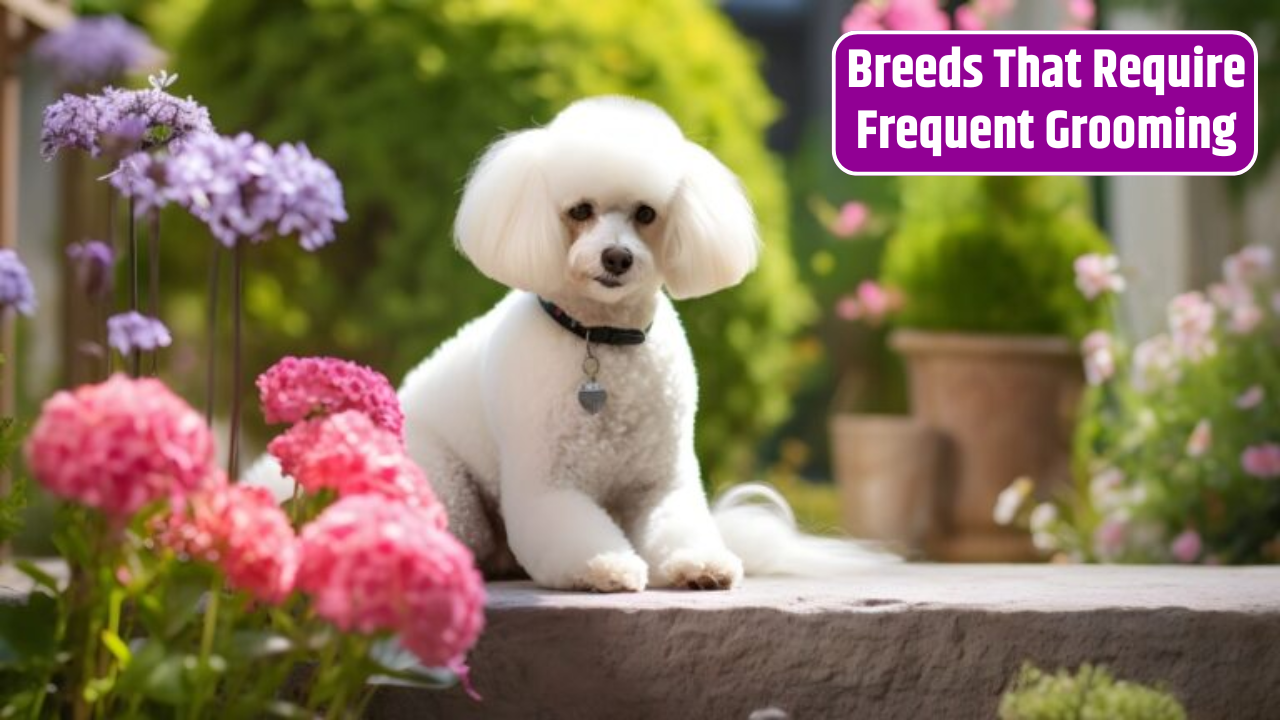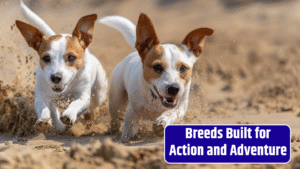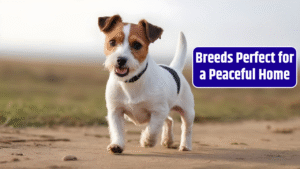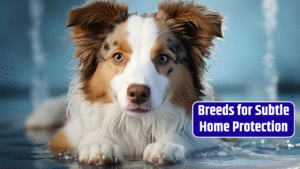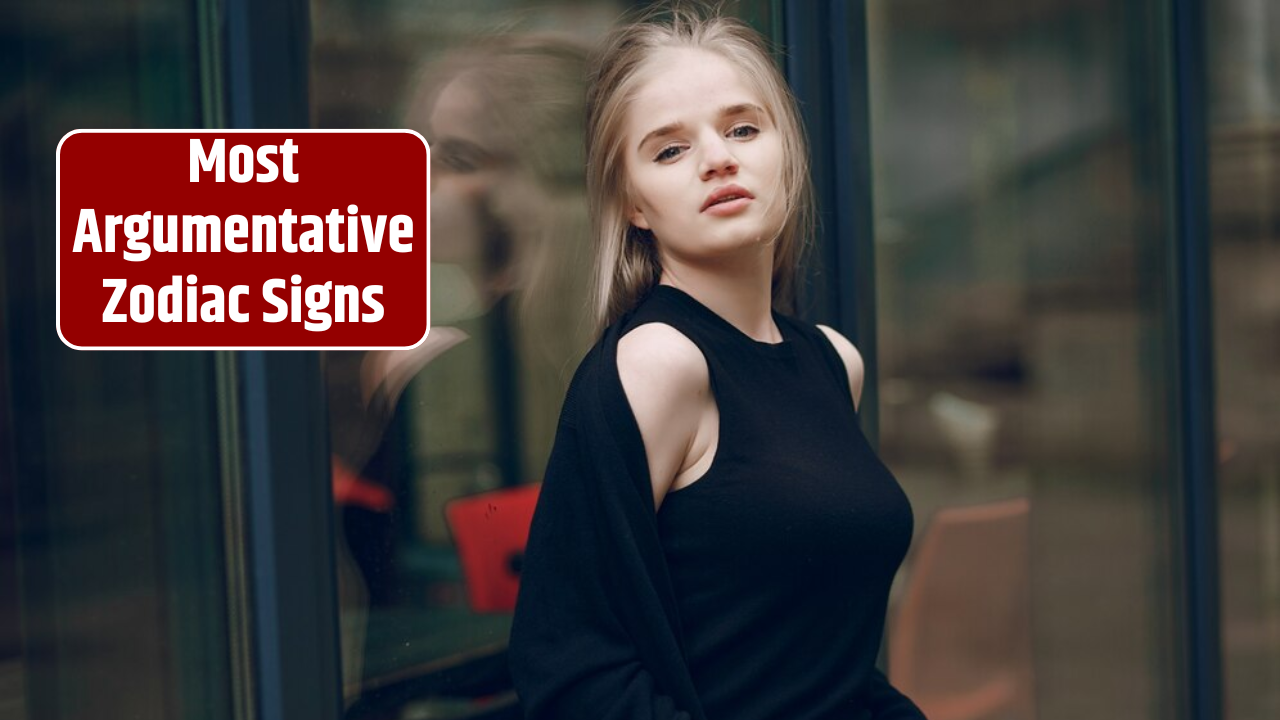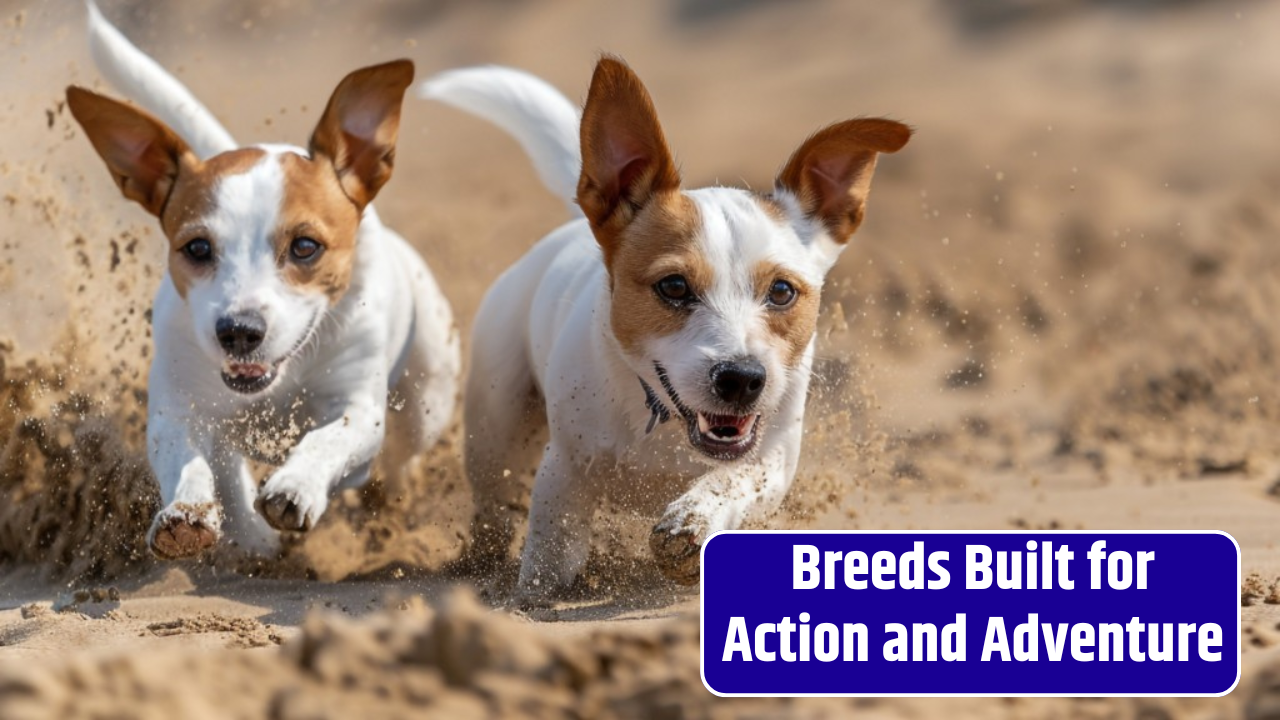There’s something undeniably magical about fluffy dogs. With their cloud-like coats, endearing faces, and snuggle-ready charm, these breeds have a way of capturing hearts wherever they go. But behind that irresistible fluff is a serious grooming commitment. If you’ve ever dreamed of bringing home a plush, teddy bear-like pup, it’s essential to know what it takes to keep those luxurious coats healthy and tangle-free. Let’s explore seven fluffy dog breeds that demand regular grooming—and plenty of love.
Old English Sheepdog: The Classic Shaggy Companion

The Old English Sheepdog is instantly recognizable with its large frame and signature shaggy coat. Originally bred in England for herding cattle and sheep, this affectionate and intelligent breed thrives in active households.
Grooming Needs: Their dense double coat mats easily without frequent care. Owners should brush at least 3–4 times a week—daily if possible—to avoid painful tangles. A professional grooming session every 6–8 weeks keeps their coat healthy and manageable. Special attention is needed around the eyes and mouth to prevent buildup of moisture and debris.
Pomeranian: The Tiny Fluff King

Small in size but packed with personality, the Pomeranian sports a thick double coat and a bold attitude. Descended from Spitz-type sled dogs, these 3–7-pound pups bring a lot of energy and charm to any household.
Grooming Needs: Their dense undercoat sheds heavily, especially seasonally. Brush 2–3 times a week—daily during heavy shedding—to prevent mats. Regular trims and professional grooming every 4–6 weeks help maintain their iconic puffy silhouette. Don’t forget to check behind the ears and hindquarters for sneaky tangles.
Afghan Hound: The Silky Showstopper

With flowing hair and regal poise, the Afghan Hound looks straight out of a fashion editorial. This ancient breed was once prized for hunting large game in Central Asia, but today, it’s adored for its beauty and grace.
Grooming Needs: Their silky coat needs brushing every other day to stay smooth and tangle-free. After outdoor play, check for burrs and debris. Regular bathing with conditioning and a monthly trip to a professional groomer keep their luxurious locks in prime shape.
Samoyed: The Smiling Snow Dog

The Samoyed, famous for its perpetual “smile” and gleaming white coat, hails from Siberia, where it was used for sledding and herding. Friendly, sociable, and loyal, Samoyeds love being part of the family.
Grooming Needs: Their dense double coat “blows out” twice a year, leading to intense shedding. During these times, daily brushing is essential. Outside of shedding season, brushing 2–3 times a week and bathing every 6–8 weeks will help maintain their fluff. A professional groomer can assist with seasonal coat care.
Tibetan Terrier: The Lucky Companion

Despite the name, the Tibetan Terrier isn’t a true terrier. This medium-sized, affectionate breed was once a treasured companion in Tibetan monasteries. Their shaggy, human-like hair adds to their charm.
Grooming Needs: To prevent tangling, brush every other day. Owners can opt for a shorter trim for easier upkeep, though grooming remains essential. Professional grooming every 6–8 weeks, along with regular paw and ear maintenance, keeps them neat and comfortable.
Chow Chow: The Dignified Fluff

The Chow Chow, with its lion-like mane and stoic gaze, is an ancient breed from China known for its loyalty and aloof demeanor. They form strong bonds with their families while staying reserved around strangers.
Grooming Needs: Their thick double coat requires brushing at least 3 times weekly, and daily grooming during shedding seasons. Mats often form around the neck and ears, so pay close attention to these areas. Monthly baths and professional grooming help manage their coat and reduce allergens.
Keeshond: The Friendly Watchdog

The Keeshond, pronounced “KAYZ-hawnd,” is a lively, affectionate breed once used as a watchdog on Dutch riverboats. Known for their expressive “spectacles” and fox-like face, they make loving family pets.
Grooming Needs: Brush at least twice a week, going deep to the skin to prevent undercoat matting. During shedding season, increase brushing frequency. While they don’t require frequent trims, occasional baths and professional grooming sessions help keep their coat in top condition.
| Breed | Brushing Frequency | Professional Grooming |
|---|---|---|
| Old English Sheepdog | 3–4 times per week (daily preferred) | Every 6–8 weeks |
| Pomeranian | 2–3 times per week (daily during shedding) | Every 4–6 weeks |
| Afghan Hound | Every other day | Monthly |
| Samoyed | 2–3 times per week (daily during shedding) | Every 6–8 weeks |
| Tibetan Terrier | Every other day | Every 6–8 weeks |
| Chow Chow | 3 times per week (daily during shedding) | Monthly |
| Keeshond | Twice a week (more during shedding) | Occasionally |
Fluffy dog breeds are undeniably beautiful, but their coats require dedication. With regular brushing, professional grooming, and a little patience, you’ll not only keep them looking their best—you’ll also ensure their comfort and health. Grooming can become a rewarding bonding experience that deepens your connection with your furry friend. If you’re ready to embrace the fluff (and the effort), these breeds will repay you with loyalty, joy, and plenty of cuddles.
FAQs
Do fluffy dogs shed more than short-haired dogs?
Not always, but many fluffy breeds have double coats that shed heavily during seasonal changes. Regular grooming helps manage shedding.
Can I trim a fluffy dog’s coat short to reduce grooming?
Some breeds can be kept in a shorter trim for easier maintenance, but others, like the Afghan Hound, require longer coats for protection. Always consult a groomer before drastic cuts.
What tools are best for grooming fluffy dogs?
A slicker brush, metal comb, dematting tool, and undercoat rake are useful for most fluffy breeds.
How often should fluffy dogs be professionally groomed?
Most fluffy breeds benefit from professional grooming every 4–8 weeks, depending on coat type and maintenance at home.
Do fluffy dogs get hot in summer?
Yes, thick coats can trap heat. Regular grooming helps airflow, but never shave double-coated breeds, as their coat also insulates against heat.
